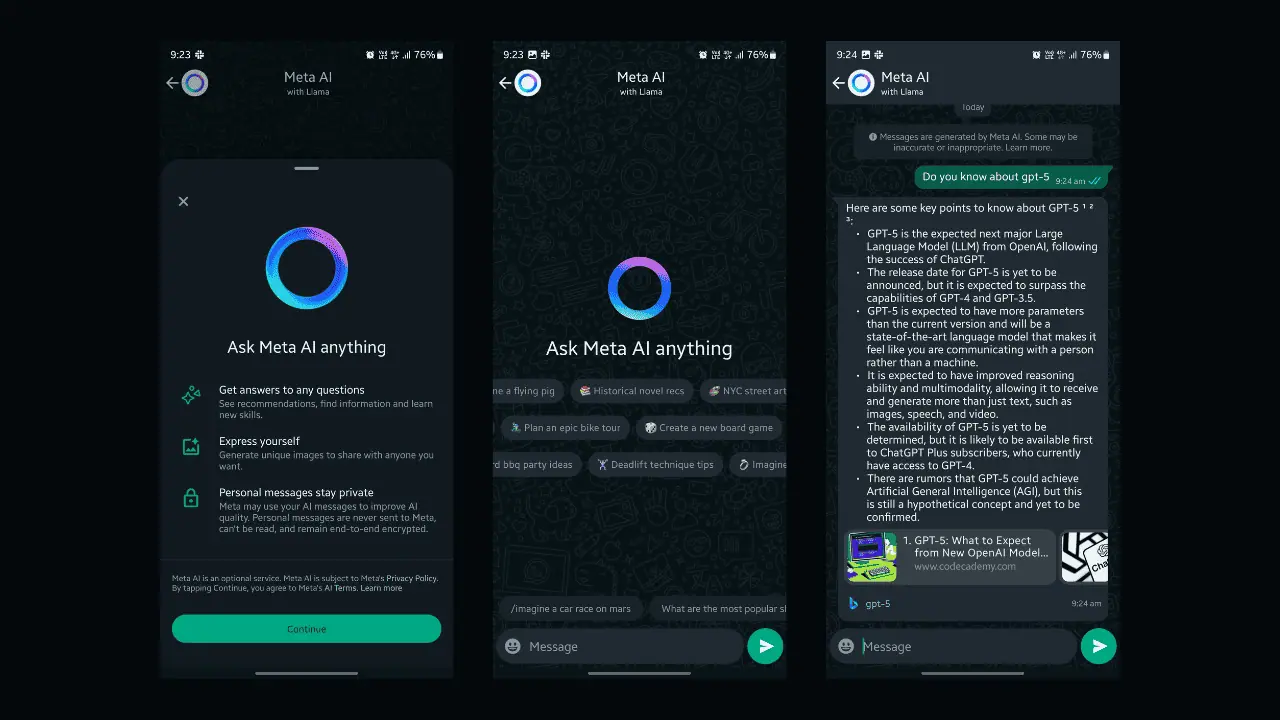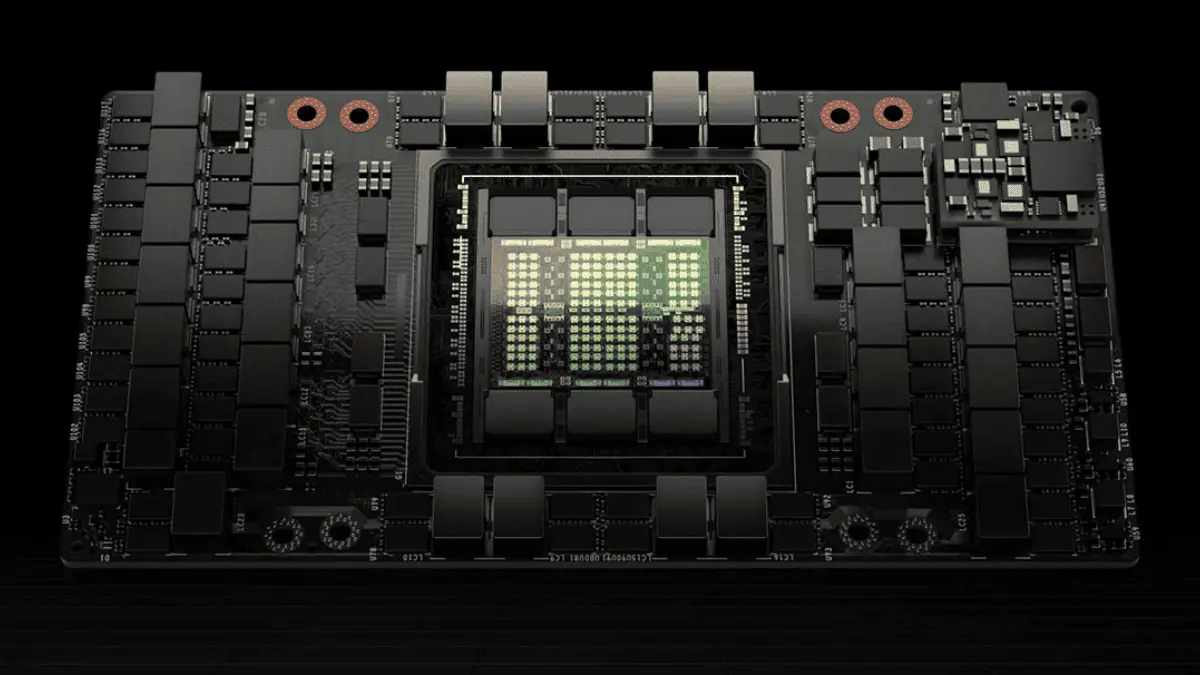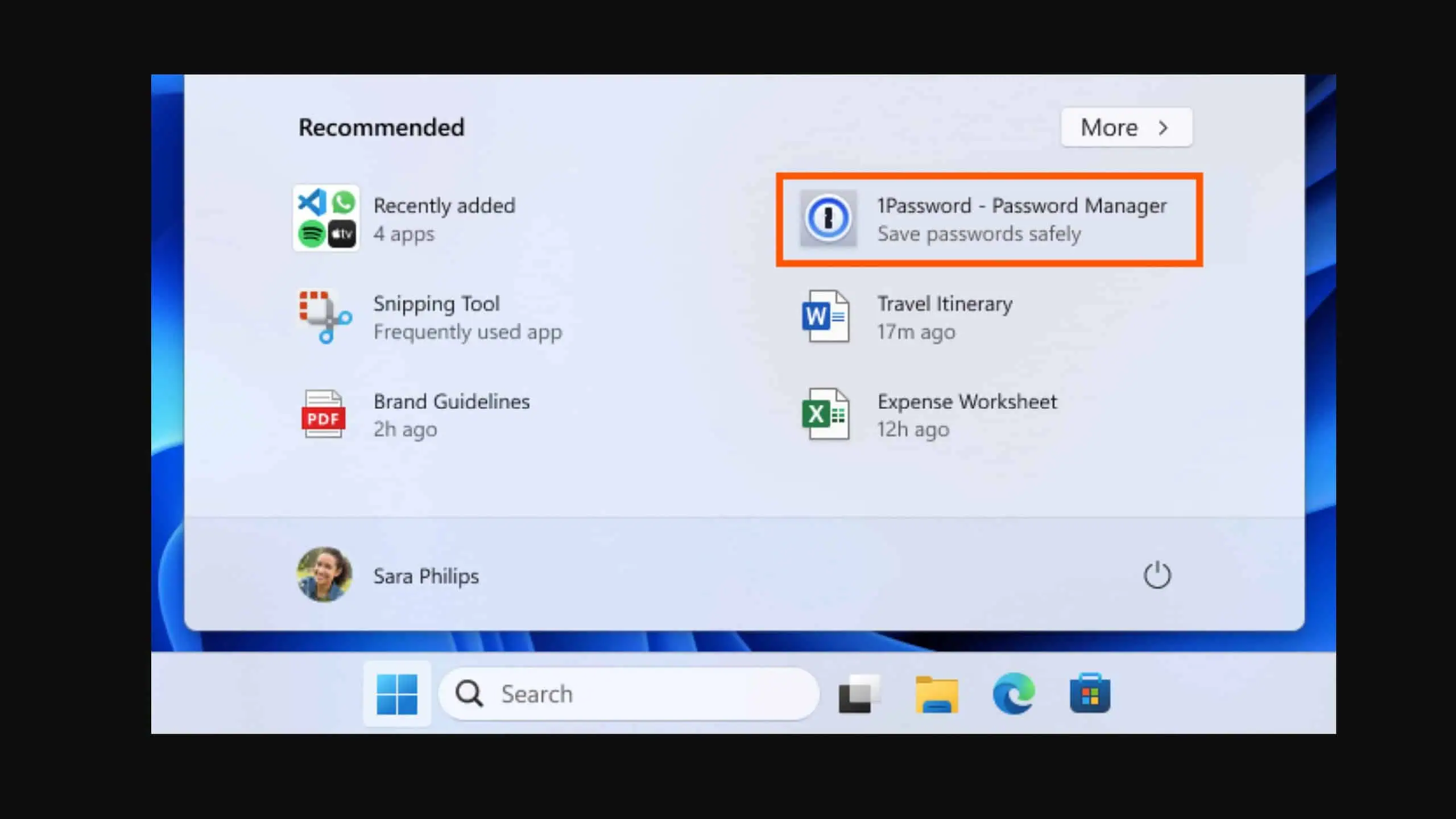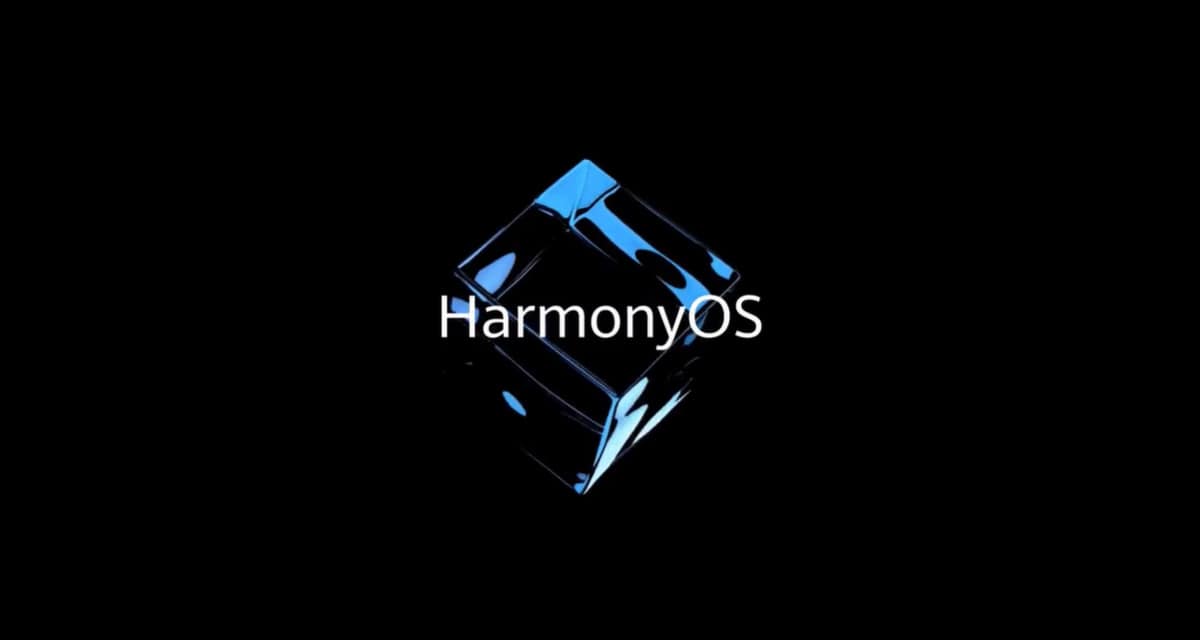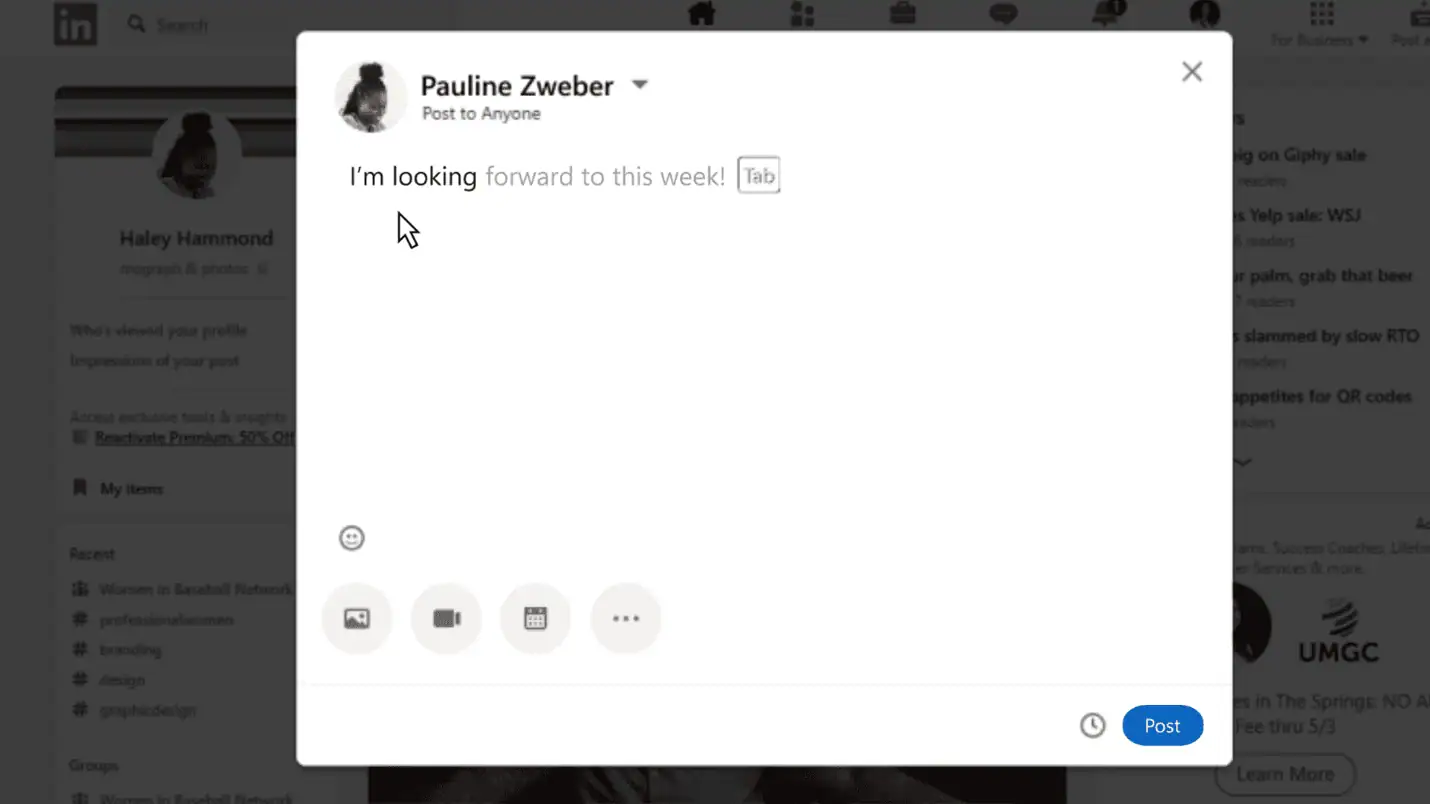First review of Windows 10 on ARM - worse than expected
4 min. read
Published on
Read our disclosure page to find out how can you help MSPoweruser sustain the editorial team Read more

Windows 10 on ARM was always going to be a tricky proposition but Microsoft promised an experience without compromises, offering only advantages such as long battery life, being always connected and access to all your regular apps, without any downside.
If Microsoft was able to execute this magic trick the rewards would have been great, but an early review of the OS running on the Asus NovaGo suggests the challenge was a bridge too far for Microsoft.
The Verge had a look at the higher-end Asus NovaGo with 8 GB of RAM, and while they report advantages such as 11 hours of battery life ( a bit shy of the 22 hour promise, and only 50% better than the 7 hrs of the Surface Pro LTE) and good performance with Modern apps and LTE, the downsides they report sound very much like deal breakers.
The main issue appears to be poor performance with 32-bit x86 apps.
They write:
It’s possible to download and install the Chrome browser on Snapdragon PCs (presuming you flip the switch from the out-of-box Windows 10 S mode to Windows 10 Pro, as was done on this computer), but you probably won’t want to. Performance in Chrome is rather bad, with sluggish load times, stuttery scrolling, and slow transfers between tabs.
The Chrome issues extend to web-wrapper or Electron-based apps, such as Slack, which have abysmal and frustrating performance.
I did download and run Adobe Photoshop for laughs; it works about as you’d expect it to: slowly.
Besides poor performance, there was also compatibility issues. They write:
And 32-bit support doesn’t guarantee that every app will work, either. I was able to install an email client, but it crashed every time I tried to set it up with my email accounts, rendering it unusable. Windows’ own Mail app also behaved oddly: it took three tries of adding and removing my Google accounts before it would support basic archiving. (This is despite Qualcomm and Microsoft assuring me that the app is compiled from the same source as what’s on Intel-powered machines.)
The limitation against x64 apps means that virtually any modern game will not install on this computer, not that it’d run very well on this hardware if it did install.
Most of the apps I need to do my job failed to run or ran poorly on these laptops. I need OpenVPN to get access to our corporate network, but the 32-bit version gave me a driver error when I tried to install it. I use Photoshop Elements to edit images, but Adobe’s app is available only in 64 bit. I use Chrome browser to work with our various CMSes and Google Docs, and though it worked, it was sometimes sluggish.
They did hit 12-hour battery life on the Asus Novago and 15 hours on the HP Envy x2, but clearly at a performance price:
My colleague, Henry Casey, was confused when he double clicked on the Chrome icon and nothing happened for several seconds (he ended up clicking several more times and accidentally launching multiple instances). I was frustrated when I tried pinch-zooming on websites in Chrome and the system didn’t redraw the page for a few seconds, leading me to wildly zoom in and out.
The advantages were real – instant resume, updated email while your PC sleeps, a laptop that’s always cool on your lap. The Verge concludes:
This platform might work for the most casual of users who can live with the Edge browser and don’t rely on many third-party apps or utilities. But if you’re a heavy user looking for the holy grail of an always-connected computer that can last well beyond a workday away from an outlet, Windows on Snapdragon isn’t likely to be your answer. Chances are, we’ll see more connected PCs and soon, but the better ones are likely to be powered by Intel processors, not the same chip that’s in your phone.
NPD analyst Stephen Baker even questioned whether the world actually needed Microsoft’s battery life and always connected innovations:
“Battery life just is not a key driver for consumers. Even on a smartphone, the vast majority of consumer connectivity occurs over Wi-Fi and not over a cellular connection, making the cellular connectivity likely less important to PC buyers,” he noted.
Given that all first generation Windows 10 on ARM laptops will run the same Snapdragon 835 processor it is unlikely any other device will perform better, leaving the whole category seemingly a non-starter except for the most dedicated early adopters.
Given the poor review, will any our readers be jumping in? Let us know below.

